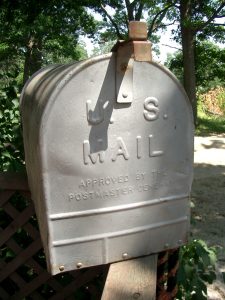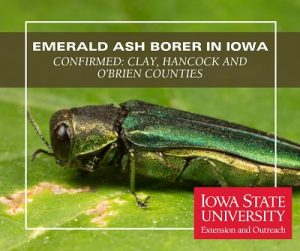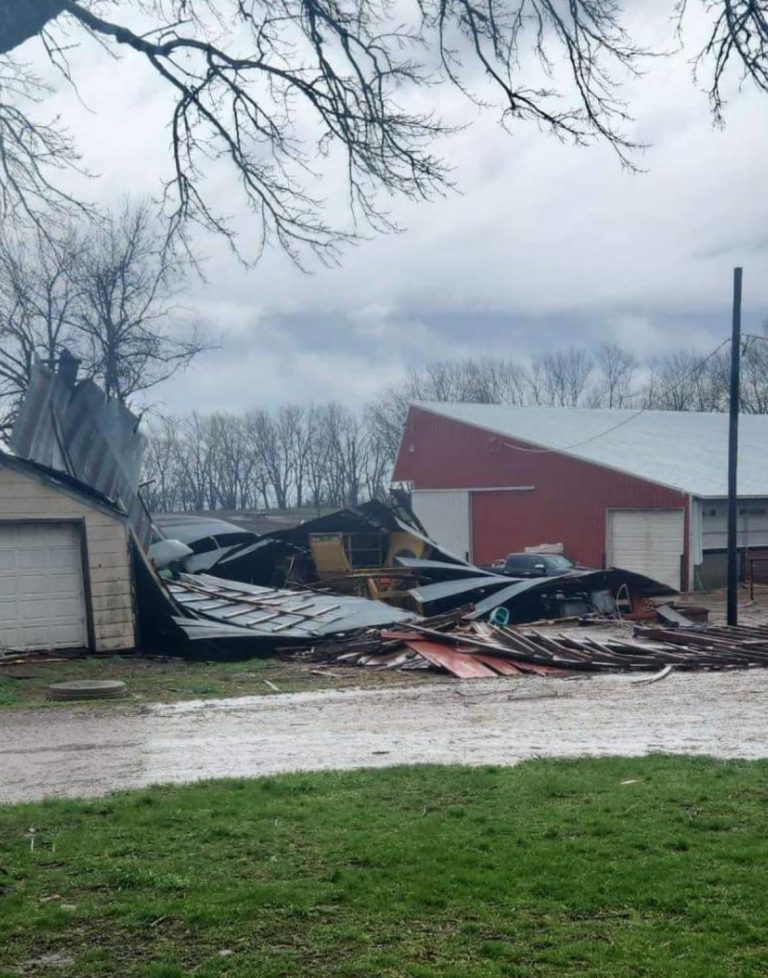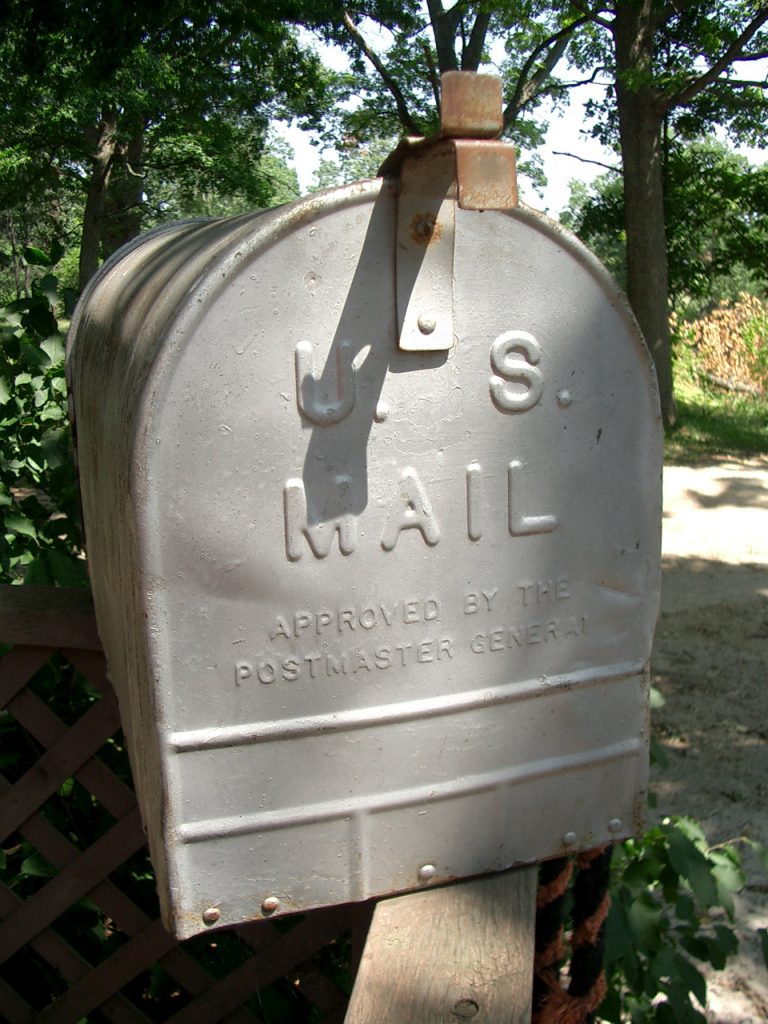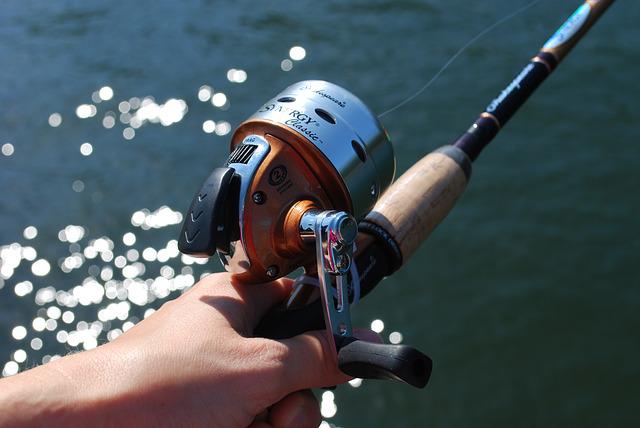Northwest Iowa — Emerald ash borer has now been found in two KIWA listening area counties for the first time.
The invasive, ash tree-killing insect from Asia has now been confirmed in all but 10 of Iowa’s 99 counties since its original detection in 2010, according to the Iowa Department of Agriculture and Land Stewardship.
Insect samples were collected from ash trees in Spencer and in rural Paullina, as well as in Hancock County. Officials with the USDA Animal and Plant Health Inspection Service confirmed these samples positive for EAB.
The adult beetles of this insect feed on ash leaves causing very little damage. It is the cumulative damage by larval feeding on the inner bark that eventually kills ash trees. The feeding cuts off the tree’s ability to transport water and nutrients, typically killing a tree within two to four years. EAB is a significant threat to all ash species.
While EAB can travel locally by natural means, long distance spread of this insect is attributed to people moving infested material, including firewood. People are reminded to use locally-sourced firewood where it will be burned to help limit the spread of EAB and other invasive pests.
Now is the time to decide a course of action for ash trees at risk of EAB attack (within 15 miles of a known infestation). Landowners and managers can choose to wait and see what happens, remove declining ash trees and replace them with other species, or use preventive insecticide treatments to preserve and protect valuable and healthy ash trees. Spring, from mid-April to mid-May, is the best time to treat for EAB. Insecticides are most effective when the ash tree is actively growing, and uptake is at its peak. Tree service companies can apply insecticide trunk injections through the summer if soil moisture is available.
See Iowa State University Extension and Outreach publication ENT57, Emerald Ash Borer Management Options, for more details about EAB treatment.

